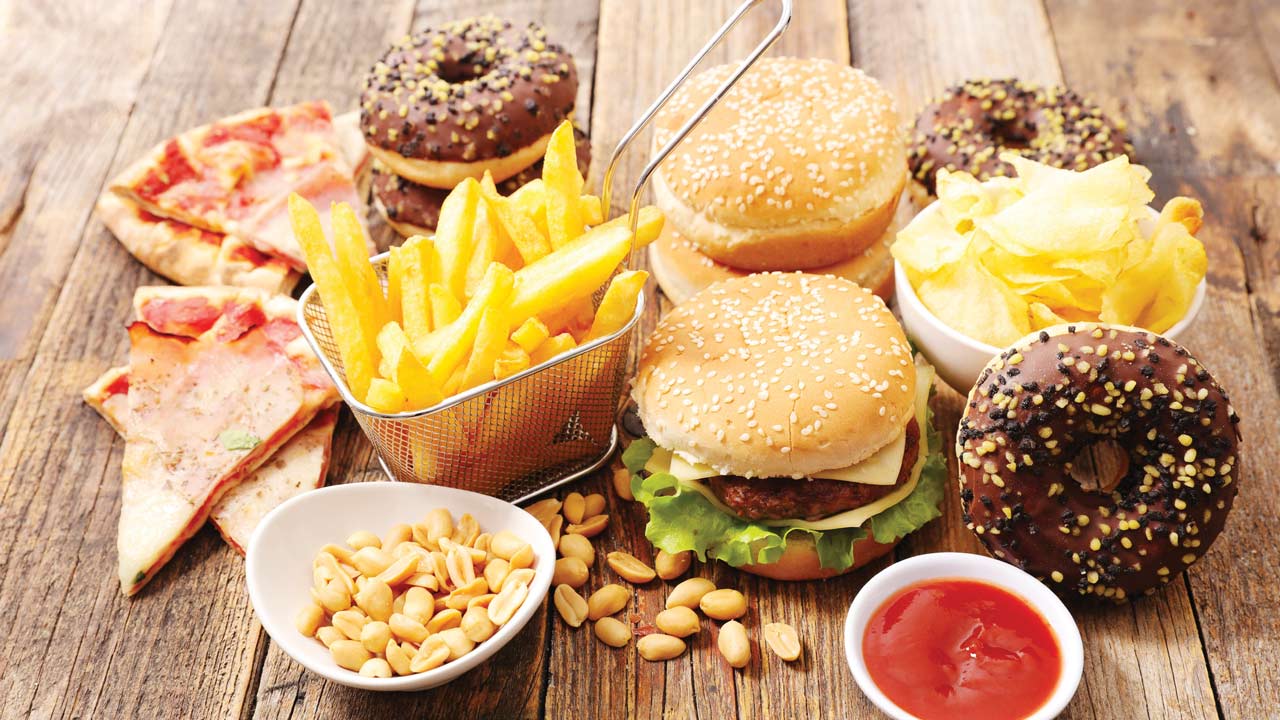Understanding Trans Fats: Risks, Impact on Cholesterol, and Dietary Awareness
Trans fats are artificially hardened fats processed into many food items or formed during production. They’re favored in the food industry for their good spreading properties but can cause significant harm within the body.
Each of us indulges in chips, frozen pizza, or French fries now and then. Occasional “slip-ups” are alright. However, fast food and processed foods aren’t complete foods as they lack adequate nutrients. Additionally, besides sugar, flavor enhancers, and salt, they contain another harmful ingredient: trans fats.
Trans fats form when plant oils undergo industrial hardening processes, such as to improve spreadability. This hardening alters the fats’ chemical structure. Even when oils are overheated, trans fats can be produced.
Trans Fats: How They Promote Bad Cholesterol
No positive effects of trans-fatty acids are known for our bodies; quite the opposite! When the intake of trans fats in our diet is excessive, it elevates the levels of LDL cholesterol in the blood. Low-Density Lipoprotein, LDL for short, transports fat from the liver to body cells. When the cholesterol demand is met, the excess remains in the blood, causing an increase in cholesterol levels. Excessive cholesterol in the blood can be dangerous: for those predisposed, it can form crystals that deposit in artery walls. The body’s defense responds to these sharp-edged deposits with inflammation in the vessel walls – resulting in atherosclerotic plaques, which narrow blood vessels. Possible consequences include heart attacks, strokes, or sudden cardiac death.
Simultaneously, excessive trans fat intake reduces the levels of “good” HDL cholesterol. HDL transports excess cholesterol from cells to the liver, lowering blood cholesterol levels.
Trans Fats: Best to Minimize Considerably
The German Society for Nutrition recommends keeping the daily intake of trans-fatty acids as low as possible, constituting less than 1 percent of dietary energy. Completely avoiding trans fats, however, is challenging.
I suggest consuming products high in trans fats cautiously and being more mindful when selecting food items. Larger amounts of trans fats are present in:
Fried products
Baked goods and confectionery (especially puff pastry, croissants, doughnuts, and Berliners)
Processed meals
Snacks like chips, cheese puffs, and popcorn
Regarding margarine, once a significant trans fat culprit, manufacturers have responded by significantly reducing trans fat content. However, in margarine used for industrial baking, high trans fat levels still exist.
How to Identify Trans Fats in Foods
Look out for terms like “hydrogenated,” “partially hydrogenated,” or “hardened” plant fats in the ingredients list of processed foods – these indicate trans fats. It’s best to avoid these products.









